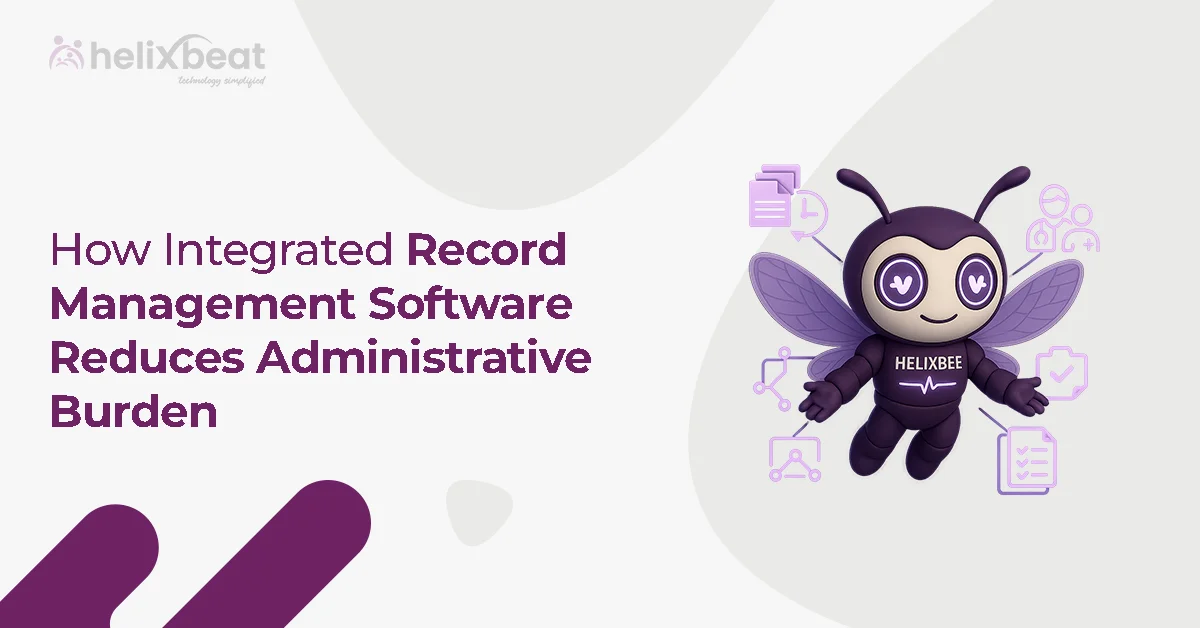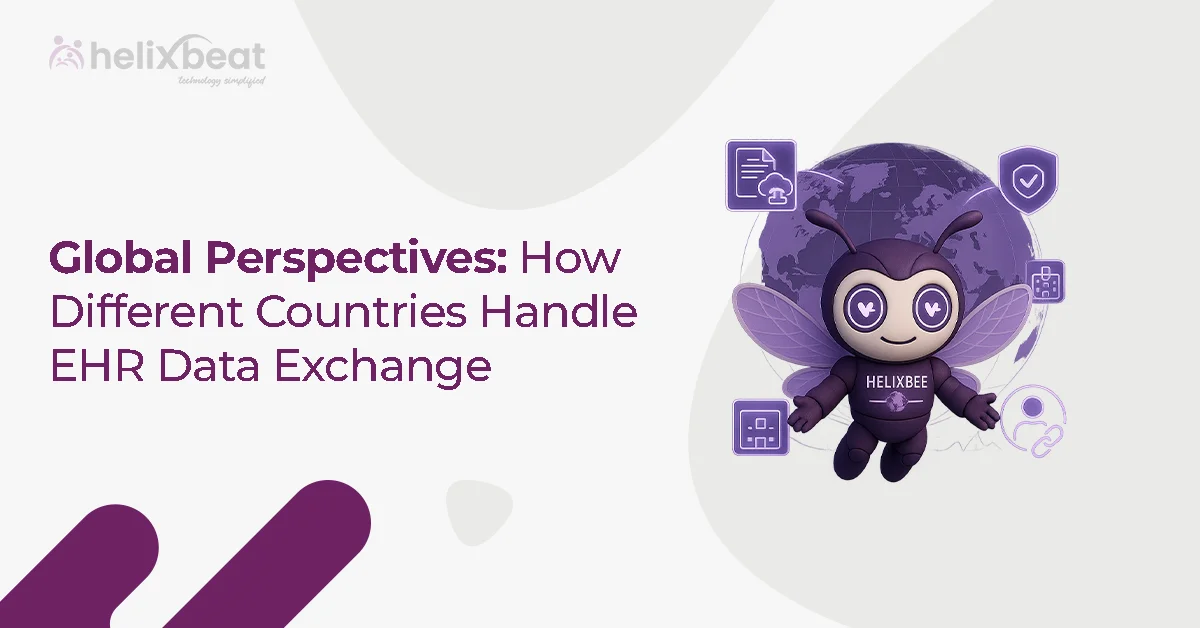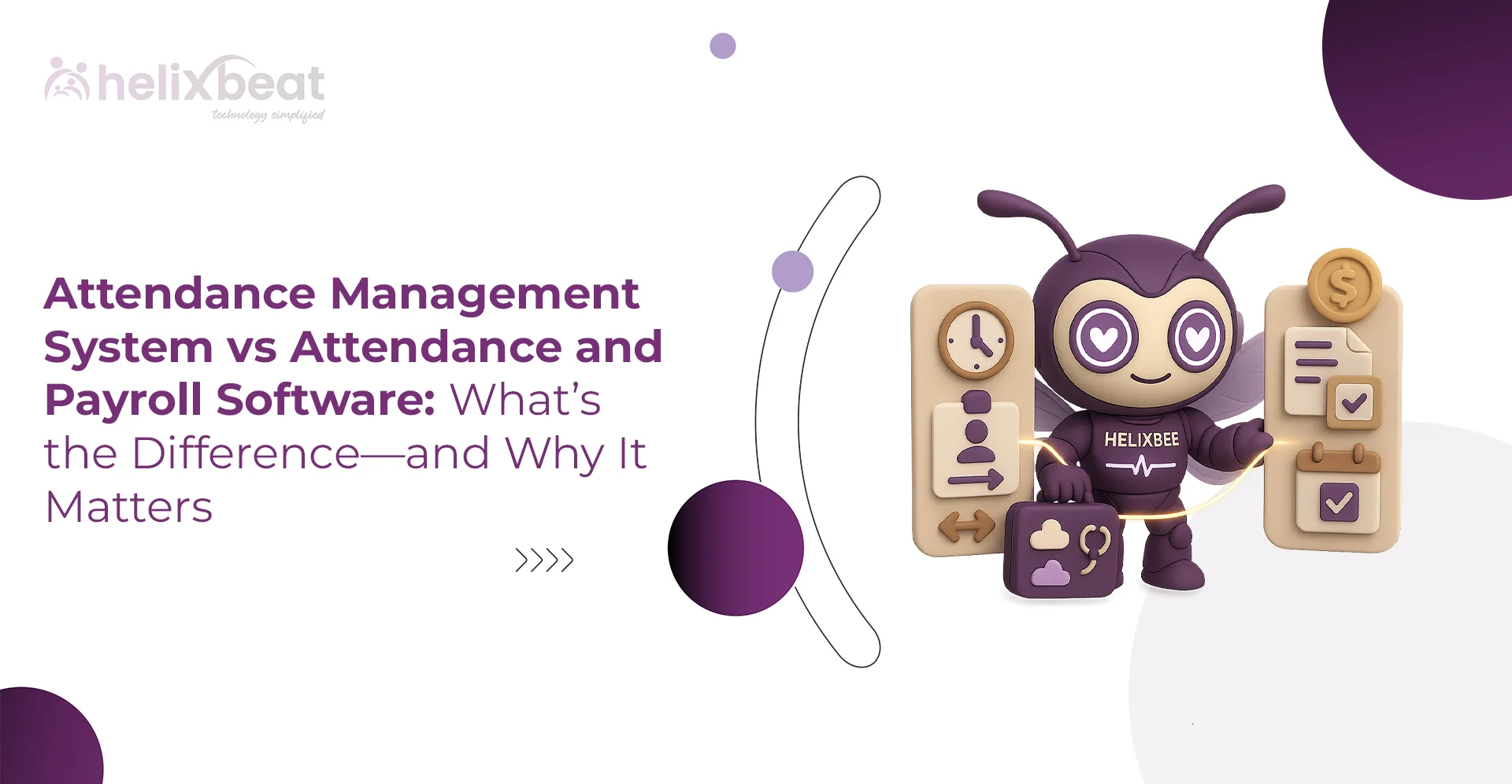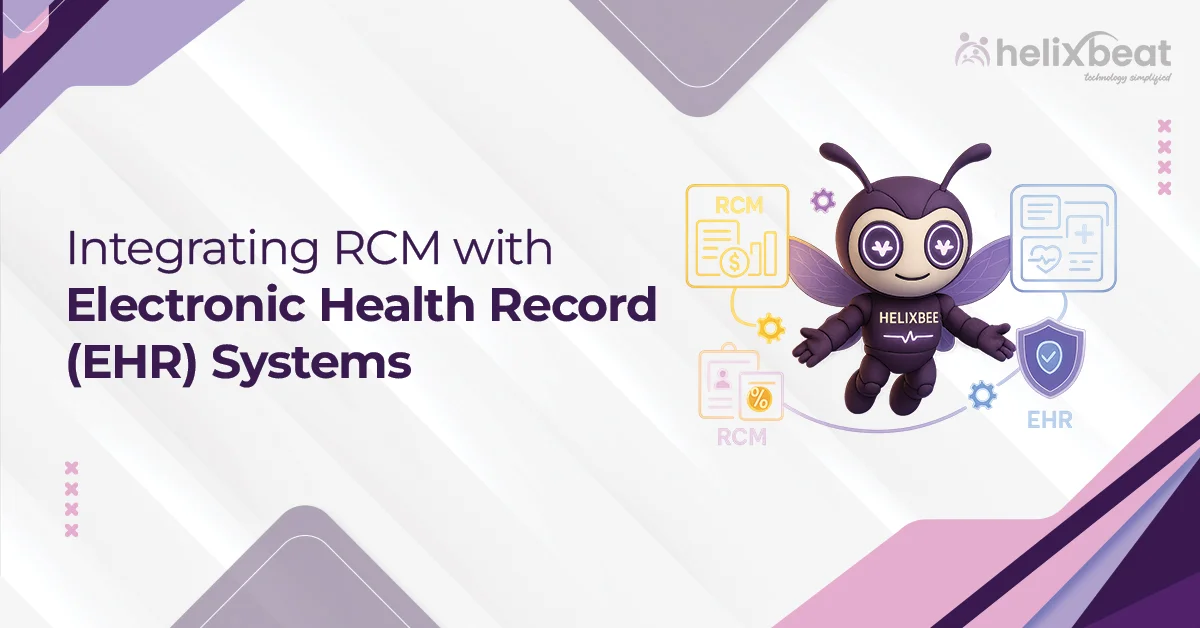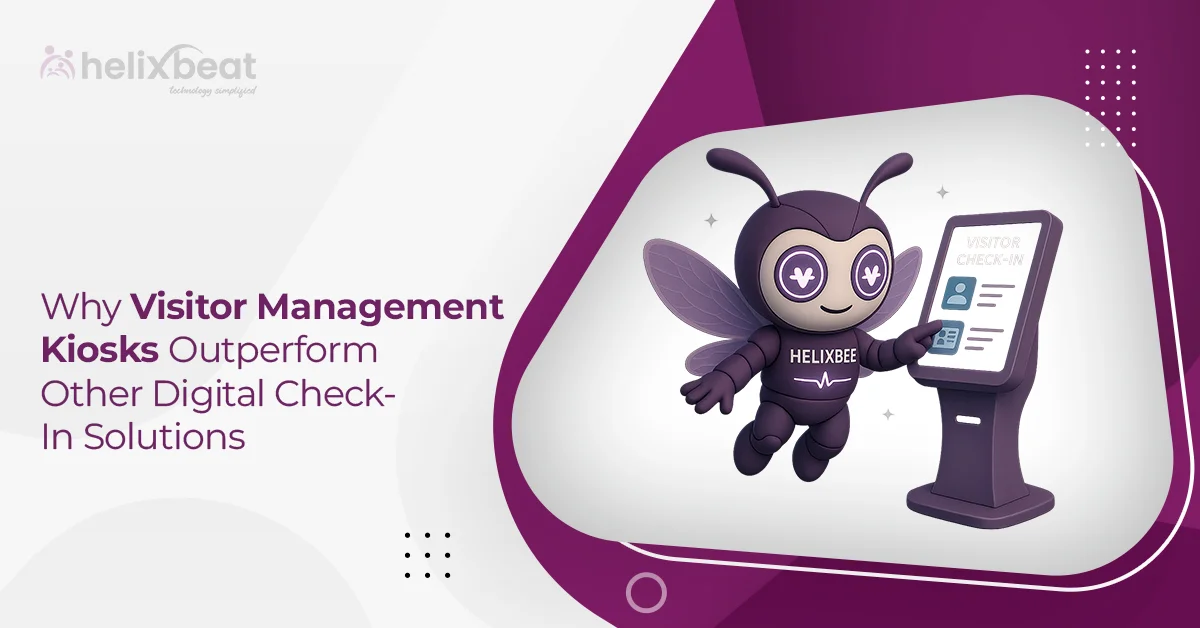The healthcare industry, despite its advancements, has long struggled with a critical issue: healthcare interoperability. With so many different systems, technologies, and data formats, healthcare providers face immense challenges when it comes to seamlessly exchanging and utilizing patient data. Fortunately, FHIR offers a solution that promises to revolutionize the way data flows across the healthcare system.
In this blog, we’ll discuss how FHIR enables healthcare interoperability, helping to improve patient care, streamline operations, and pave the way for a more connected healthcare ecosystem.
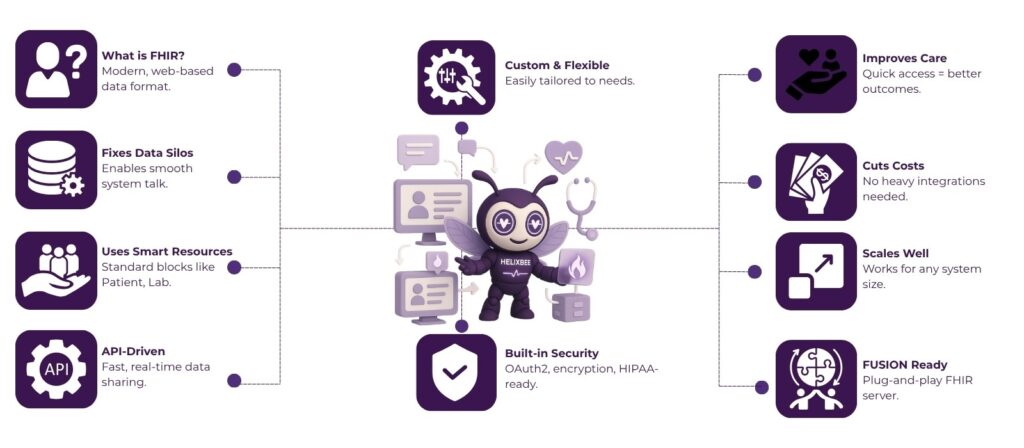
Table of Contents
What is FHIR?
FHIR, pronounced as “fire,” is a modern healthcare data standard developed by HL7 International, a leading organization in healthcare standards development. FHIR is designed to make healthcare data sharing more efficient, standardized, and accessible.
It allows healthcare systems to easily exchange information between different systems, such as electronic health records (EHRs), patient monitoring systems, and other clinical applications, using a common data format. Unlike older, more rigid standards, FHIR is highly flexible and can be adapted to suit a variety of use cases.
At its core, FHIR focuses on healthcare interoperability. It achieves this by using standardized formats for data representation and communication, so that systems from different vendors can understand and process information consistently.
The Challenge of Healthcare Interoperability
Before FHIR, healthcare interoperability was a complicated, costly, and inefficient process. Healthcare providers and organizations relied on patchwork of outdated systems that often didn’t “talk” to one another. As a result, healthcare professionals faced several issues:
- Data Silos: Patient data was often locked away in separate systems, making it difficult for providers to access the information they needed at the right time.
- Inconsistent Data Formats: Different systems use different data formats, making it hard to exchange information without first converting it.
- Slow Data Sharing: Manual data sharing processes, like faxing records or sending paper documents, slowed down care and created inefficiencies.
- High Costs: Legacy systems and complex integrations often require expensive custom solutions that are time-consuming to implement.
FHIR addresses these challenges by offering a modern, web-based solution that allows healthcare systems to communicate in real-time using standardized formats and protocols.
How FHIR Works to Enable Healthcare Interoperability
FHIR uses a set of resources to represent different types of healthcare data, such as patient demographics, clinical observations, medications, and more. These resources are organized into a modular framework, which makes it easier for developers to implement FHIR in their systems.
Here are the key components that make FHIR so effective at enabling healthcare interoperability:
1. FHIR Resources
FHIR resources are the building blocks of the standard. They define specific types of healthcare data, such as Patient, Practitioner, Medication, Observation, and Encounter. These resources are based on modern web technologies, including RESTful APIs, XML, and JSON, making it easy to integrate them with existing systems.
Each resource is designed to be lightweight, allowing it to be exchanged and processed quickly. For example, the Patient resource contains key information such as the patient’s name, date of birth, gender, and contact details. The Observation resource might store information about a specific test result, such as a blood pressure reading or lab test result.
By using these predefined resources, healthcare organizations can exchange structured data in a consistent format.
2. RESTful APIs
FHIR is built on modern web standards, including RESTful APIs, which are commonly used in web development. REST (Representational State Transfer) is a lightweight architectural style for building web services that allow different applications to communicate over the internet.
Using RESTful APIs, healthcare organizations can send and receive data between different systems. For example, a doctor’s office might send a Patient resource request to a hospital’s EHR system to retrieve a patient’s medical history. The hospital’s system can respond by sending the data back in a standardized format.
This API-based approach makes FHIR highly scalable and adaptable to different use cases.
3. Flexibility
One of the key strengths of FHIR is its flexibility. Unlike older standards, which were rigid and difficult to customize, FHIR allows healthcare organizations to tailor their implementation. For example, a healthcare provider might want to include additional fields in the Patient resource, such as a preferred language or cultural preferences. With FHIR, they can extend the standard to include this information without breaking compatibility with other systems.
This flexibility allows FHIR to support a wide variety of use cases, from small clinics to large hospitals, and across different healthcare sectors, such as primary care, oncology, and pediatrics.
4. Data Security and Privacy
FHIR supports modern security protocols, such as OAuth2 and OpenID Connect, to protect patient data during transmission. These protocols let only authorized users and systems access sensitive healthcare information.
FHIR also enables data encryption and other security measures to protect data both at rest and during transfer. These features are critical for maintaining compliance with regulations like the Health Insurance Portability and Accountability Act (HIPAA) in the United States.
Benefits of FHIR for Healthcare Interoperability
Let’s take a closer look at the key advantages of implementing FHIR:
1. Improved Patient Care
FHIR helps healthcare providers access comprehensive, up-to-date patient information in real-time. By enabling seamless data exchange across systems, healthcare professionals can make more informed decisions, leading to better patient outcomes.
For example, a patient visiting an emergency department may have their medical history, lab results, and medications pulled from multiple systems, providing the attending physician with a complete view of their health. This not only saves time but also reduces the risk of errors caused by incomplete or outdated information.
2. Cost Reduction
By simplifying data exchange and reducing the need for complex integrations, FHIR can help healthcare organizations reduce operational costs. For example, hospitals and clinics no longer need to rely on expensive custom integration projects or manual processes to share data between different systems. Instead, they can leverage FHIR’s standardized resources and APIs to communicate efficiently and cost-effectively.
3. Scalability and Flexibility
FHIR’s modular design makes it easy to scale and adapt to different healthcare environments. Whether an organization needs to integrate with a small practice management system or a large hospital EHR, FHIR can accommodate the requirements of both. Its flexibility allows it to be used in various healthcare settings, from ambulatory care to inpatient care, and across different clinical specialties.
4. Faster Innovation
FHIR’s open standards and widespread adoption have led to a growing ecosystem of developers and vendors working to build innovative solutions on top of the standard.
For example, startups are building innovative health apps that integrate with FHIR-compliant systems, enabling patients to access their health data, schedule appointments, and even communicate with their healthcare providers. These advancements wouldn’t be possible without the interoperability facilitated by FHIR.
FUSION: Supercharge Your Healthcare Solutions with FHIR APIs
Built with RESTful APIs, FUSION is a FHIR server created to deliver easier, faster, and more accurate data exchange.
FUSION stores patient data in FHIR format, which is the global standard for healthcare data. This enables different apps, hospitals, and systems to communicate with each other and share critical health information in real-time.
What sets FUSION apart is that it also stores medical coding systems like SNOMED CT, LOINC, and ICD. This keeps all data consistent, accurate, and ready for clinical use, reporting, and analytics.
Key features of FUSION include
- FHIR-native architecture
- Plug-and-play APIs for rapid deployment
- Real-time data sharing across multiple endpoints
- Strong security controls that meet compliance standards
- Support for both structured and unstructured data
Whether a hospital wants to exchange records with external labs or enable app-based clinical tools, FUSION acts as the smart bridge, without needing to replace existing infrastructure.
Final Thoughts
FHIR is a game-changer in the world of healthcare interoperability. By providing a standardized, flexible framework for exchanging healthcare data, FHIR makes it easier for different systems to communicate, leading to better patient care, cost reductions, and faster innovation.
FUSION can help you implement seamless, secure, and scalable solutions that drive innovation in healthcare with its robust FHIR integration capabilities. Contact us today to discover how FUSION can enhance your healthcare system.
FAQs
1. Why is healthcare interoperability important?
Healthcare interoperability is crucial for improving patient care, reducing errors, and increasing the efficiency of healthcare operations. It allows different systems to communicate and share data in real-time, offering a more comprehensive view of patient health.
2. How does FHIR differ from previous healthcare standards?
Unlike older standards that were rigid and complex, FHIR is flexible, lightweight, and web-based, making it easier to integrate with existing healthcare systems. It also uses modern technologies like RESTful APIs, XML, and JSON, which are widely understood and easier to implement.
3. Is FHIR easy to implement for healthcare systems?
FHIR is designed to be developer-friendly and can be easily integrated with existing systems using RESTful APIs. Its flexibility allows healthcare organizations to tailor the standard to their needs, making it a cost-effective and scalable solution.
4. How does FHIR improve patient care?
FHIR enhances patient care by providing healthcare professionals with quick access to a complete view of a patient’s health data. This facilitates better decision-making, reduces errors, and speeds up response times in emergencies.





